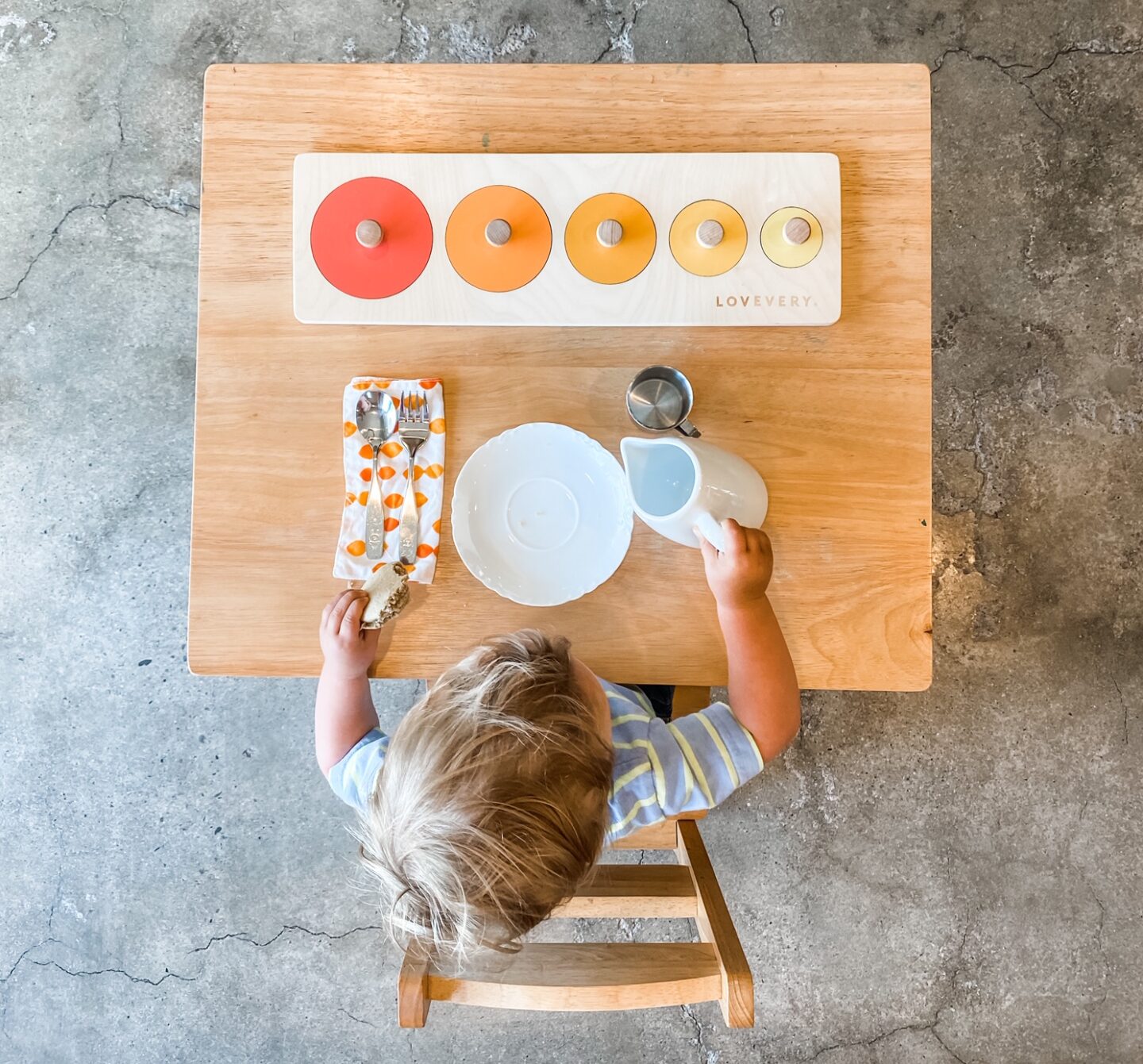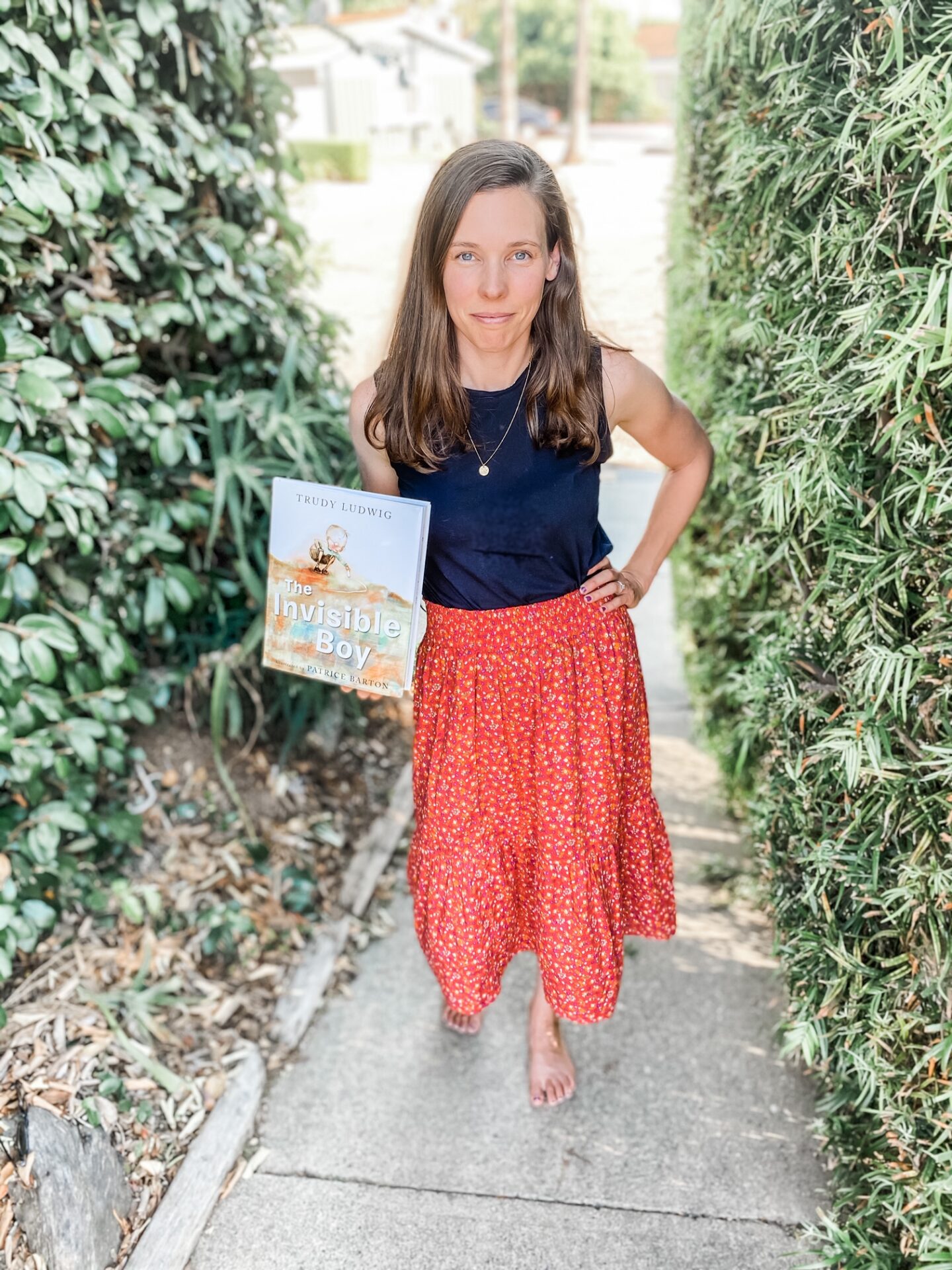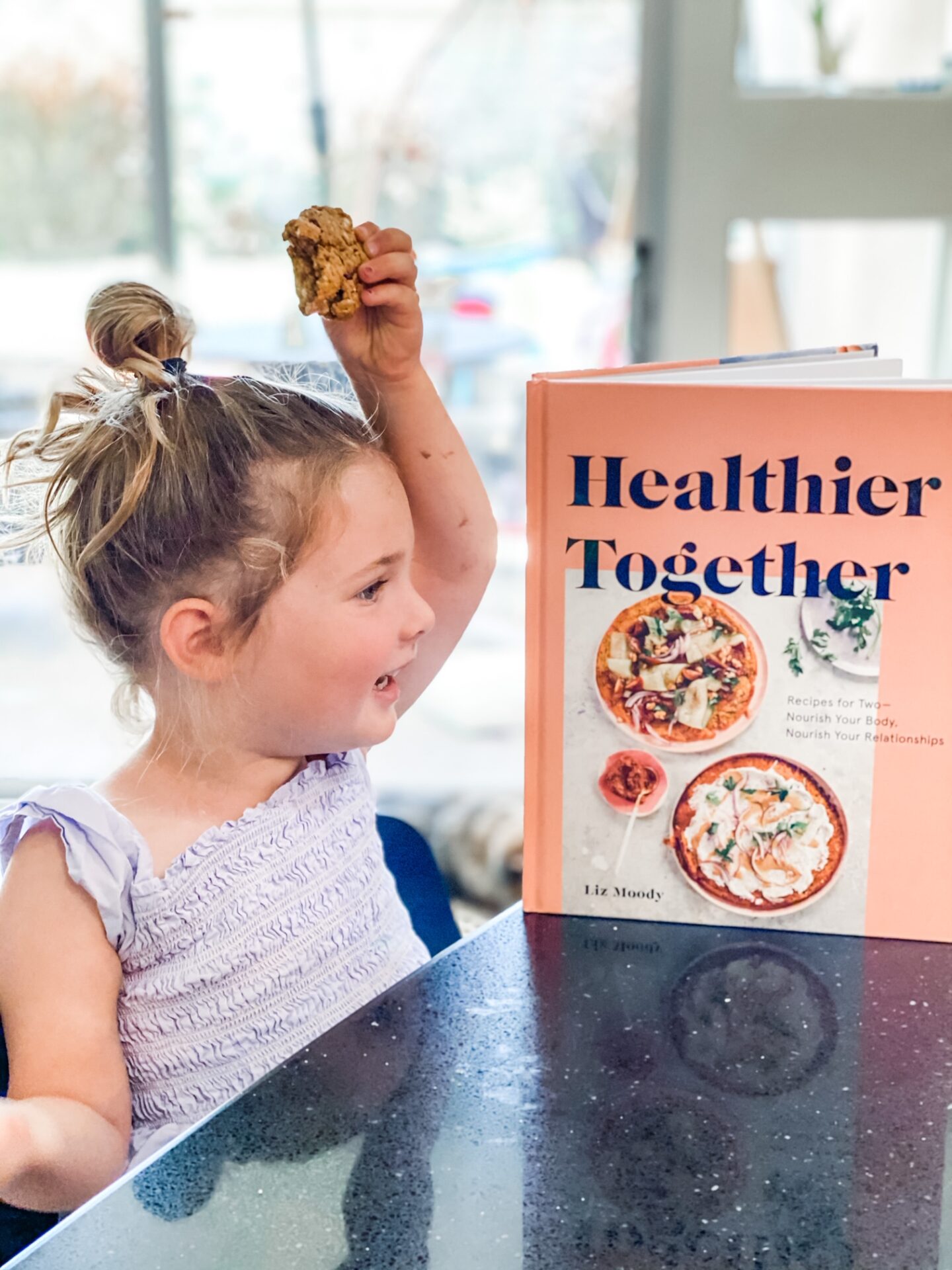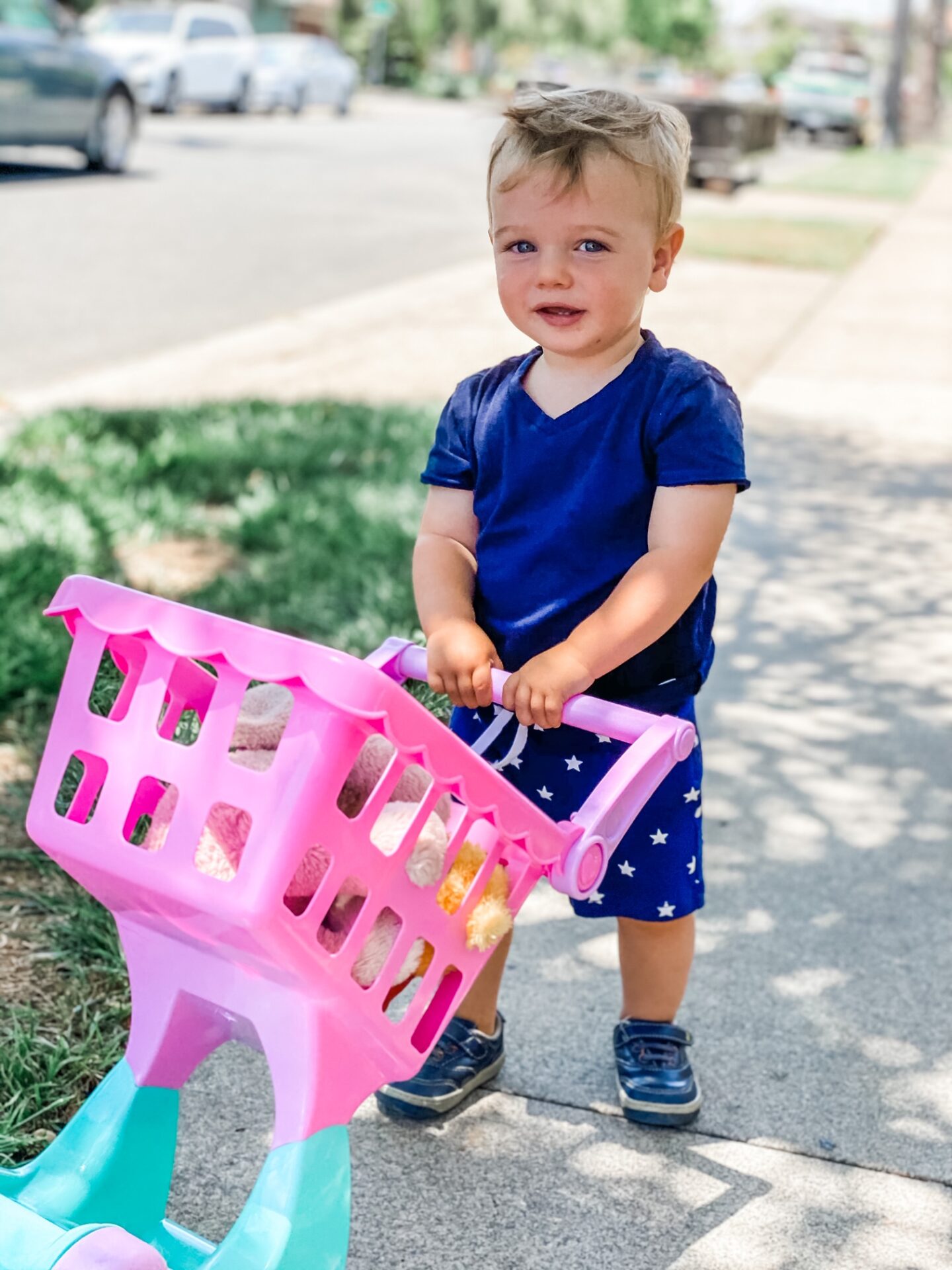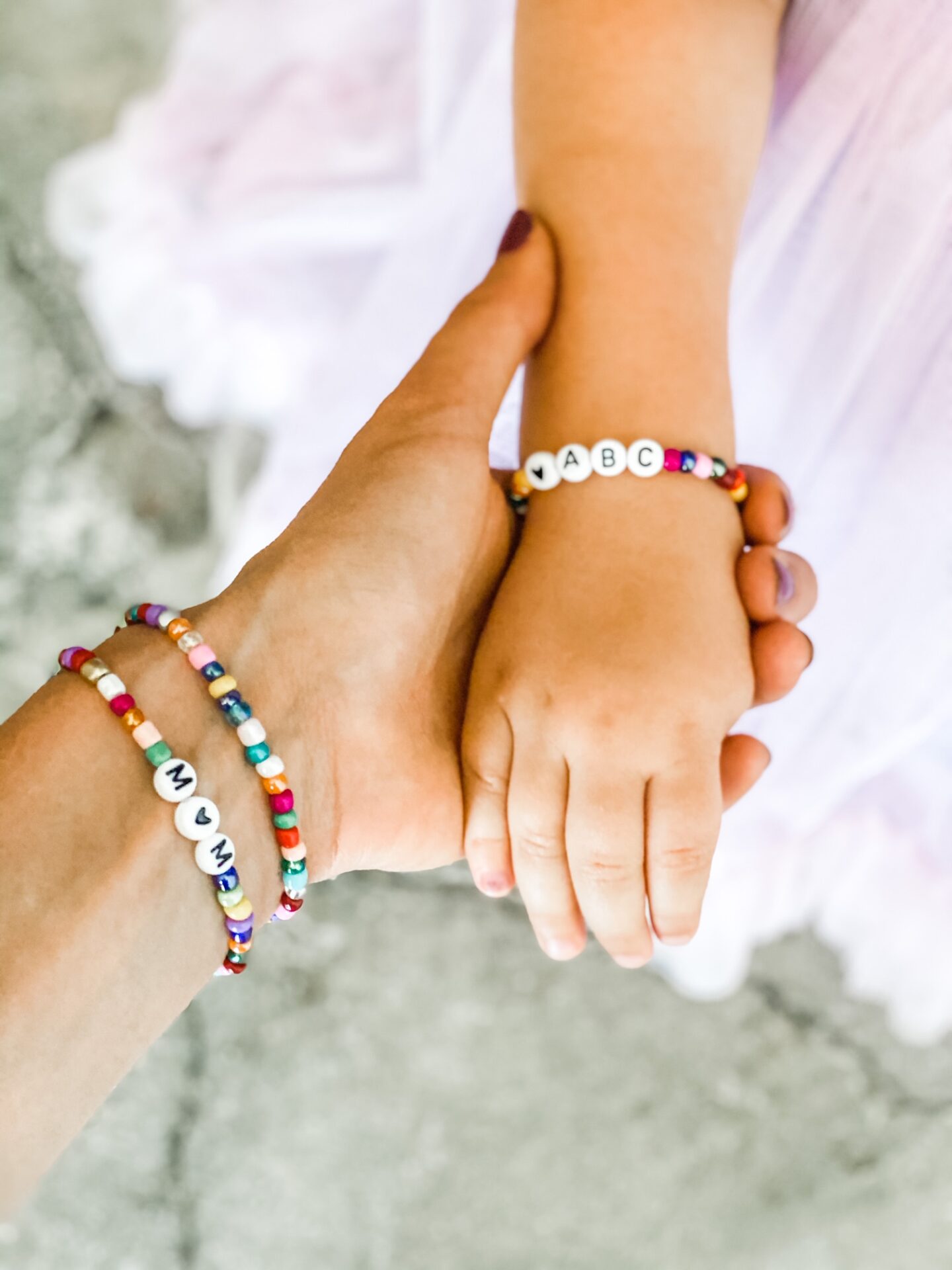Margot: 3 Years
Once Upon A Goat by Dan Richards

My second child, Max, was not an easy baby. First, there was the getting pregnant (a story for another day). Then, there was the staying pregnant (also a whole thing, and Ali Wong explains it better than I could). Then there was the morning sickness (otherwise known as “all-day, all-night, 15-week-long sickness”), the high-risk referral, the amniocentesis, etc. Finally, after being pregnant for approximately 15 years, I was induced, and Max entered the world with a bang.
When the nurse placed my squirming, red-faced, 9lb, 2oz baby boy in my arms, he was already shrieking. I looked at him in shock, recalling how my first baby had gurgled and cried a little, then nursed quietly for hours after birth. “Looks like he can breathe just fine!” the nurse laughed. “Uh huh,” I said, trying my best to smile as he pooped on me.
About an hour later, when the doctor was finally finished sewing me up, no one was joking, and Max was still shrieking. If I remember correctly, he screamed for the first three hours of his life: an especially impressive time frame considering newborns are usually only awake for a few hours a day. Yet despite his apparent distaste at entering the world, we were enamored with him. He was fat and squishy and perfect. And, unlike my first child, he actually kind of looked like me.
Soon after we brought Max home, we learned that he had colic, or reflux or, most likely, both. Every night between the hours of 5 P.M. and 10 P.M. my husband or I had to bounce with him (continuously) on a yoga ball, or else face the wrath of, as we called him then, “Mad Max.” I was at loss for what to do, and felt like a terrible mother. I couldn’t seem to make him happy, and bouncing with the newborn for several hours a night left little time for the daughter who had been my entire world for two years.
At around 5 weeks, our whole family was completely exhausted, but we had also finally figured out a few treatments that allowed us glimpses of a happier version of Max. Things were starting to feel a little easier, and I could see good days (and sleep) on the horizon.
The universe, however, must have read my mind, because the next week, my entire family was bed-ridden with a horrible stomach flu, and Max was in the PICU with viral meningitis.
From the time I rushed him to the emergency room at 2am on a Tuesday, until I finally slept again on Thursday night, I was a wreck. Watching my 5-week old baby get a spinal tap was absolutely horrifying. Seeing him whisked away by a team of doctors dressed in hazmat suits was even worse. For a week, he slept all day and wouldn’t eat. I remember calling my mom at the point when I felt absolutely insane from anxiety and sleep-deprivation, and telling her “this isn’t what I signed up for.”
“You don’t really get to choose,” she said.
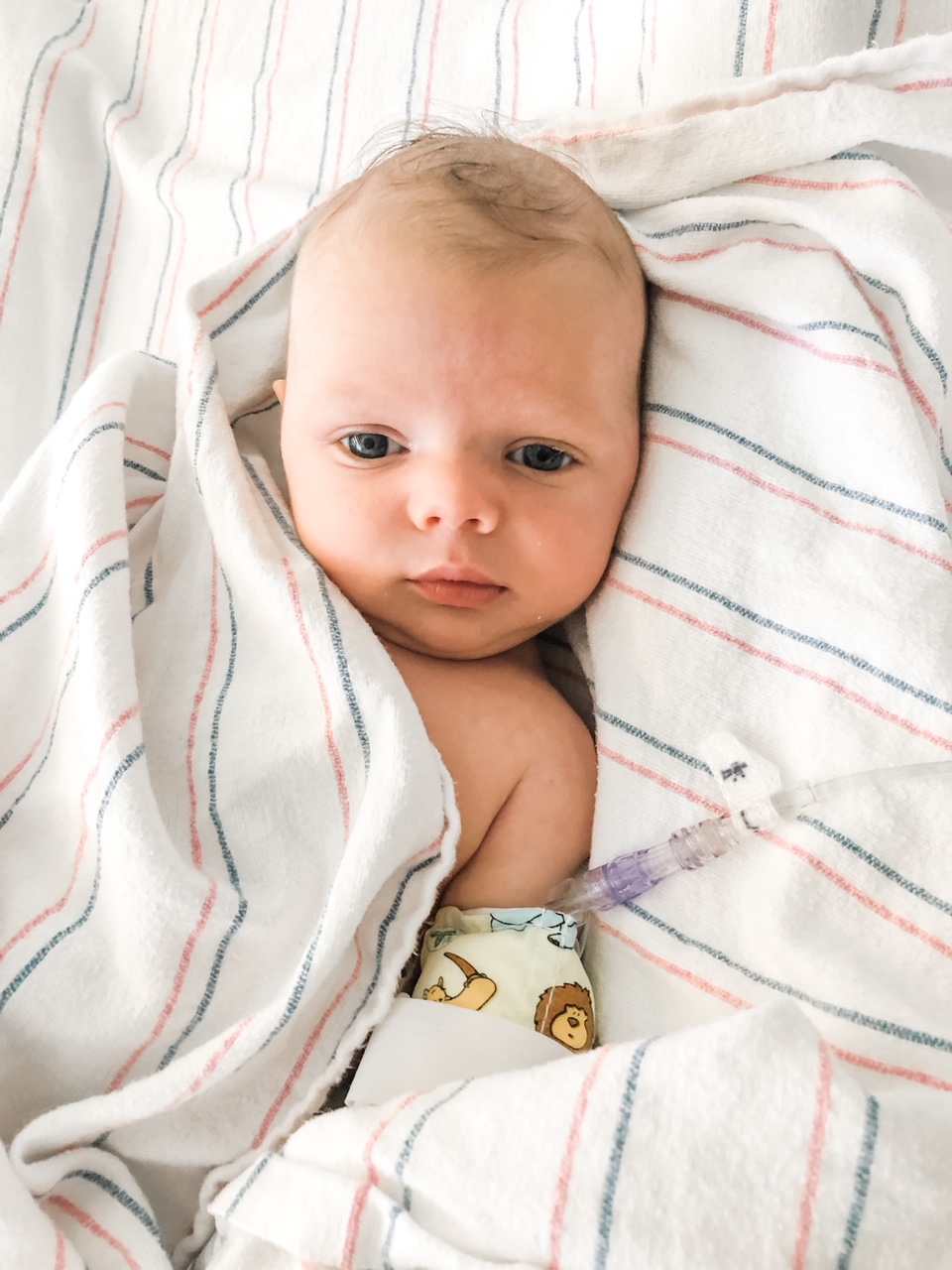
Her statement was so obvious, but also something that, in that moment, I really needed to hear. Even though the high-risk diagnosis I received during my pregnancy with Max had required me to think a LOT about what our lives with him might look like, I was still acting on the assumption that I was entitled to the perfect story.
What I actually needed was to pause and remind myself that Max being born healthy (minus the night-screamies) was a true miracle. The road we walked with him in his early days certainly wasn’t perfect, but he still was.
Right about now, you are probably asking yourself: WHAT IN THE WORLD does this have to do with a children’s book about a goat?!
Well, Once Upon a Goat by Dan Richards is a truly ADORABLE book about a king and queen who wish for the perfect baby boy–“hair like ocean waves” and all. Their fairy godmother tries to honor this request, but, in perfectly punny form, ends up leaving them a goat (a “kid”) instead of a human child.
The king and queen are, at first, distressed by the situation. The goat makes a mess and eats their precious roses. He is not what they wanted. So they kick him out. I won’t give away the whole story, but, just so you can sleep at night, I’ll let you know that it turns out OK in the end. Ultimately, the humans and goats come together and realize that the family they have is definitely a little weird, but also pretty great.
Like this baby goat, our experience with Max was a little difficult. He didn’t sleep well, had (has) terrible stranger anxiety (quarantine has not helped) and was pretty whiney. His first year was definitely the most challenging year of my life, but also, looking back on it, one of the best.
Max, today, is the sweetest, cuddliest little boy. He constantly wants to be held and cuddled and gives the best running hugs. He loves stuffies, his paci and cuddling with the dog. He adores his sister, and his screech of delight when she chases him around the house is pretty much the best sound in the world. He loves food almost as much as I do and is (in my unbiased opinion) the cutest child on earth.
Despite the twists and turns along the way, I can honestly say that I do have the “perfect” kid. He loves me, and I love him, endlessly and no matter what. Max has taught me so much about myself, and about what it means to be family, and I wouldn’t trade our experience with him for the world.
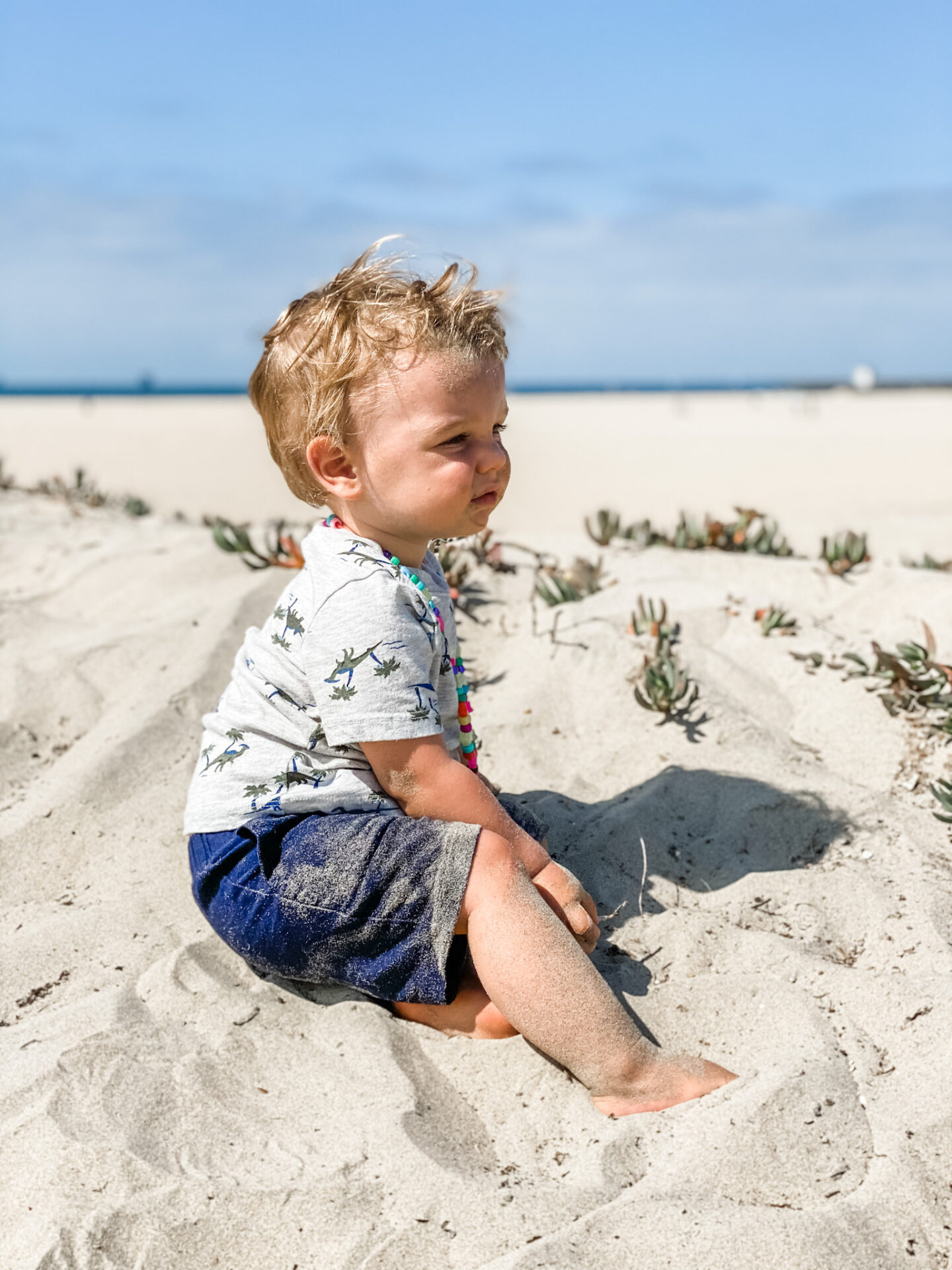
Max: 15 Months
Where’s Spot by Eric Hill
Max is really getting in to flap books and, unlike his sister, he has yet to rip any of the flaps off! My favorite of the flap books that we have at home is Where’s Spot? All of the “Spot” by Eric Hill are fun, but both of my kids have particularly enjoyed the “surprise” factor of this one–after all, hide-and-seek is always a fan favorite.
The Books (Click to Buy):


